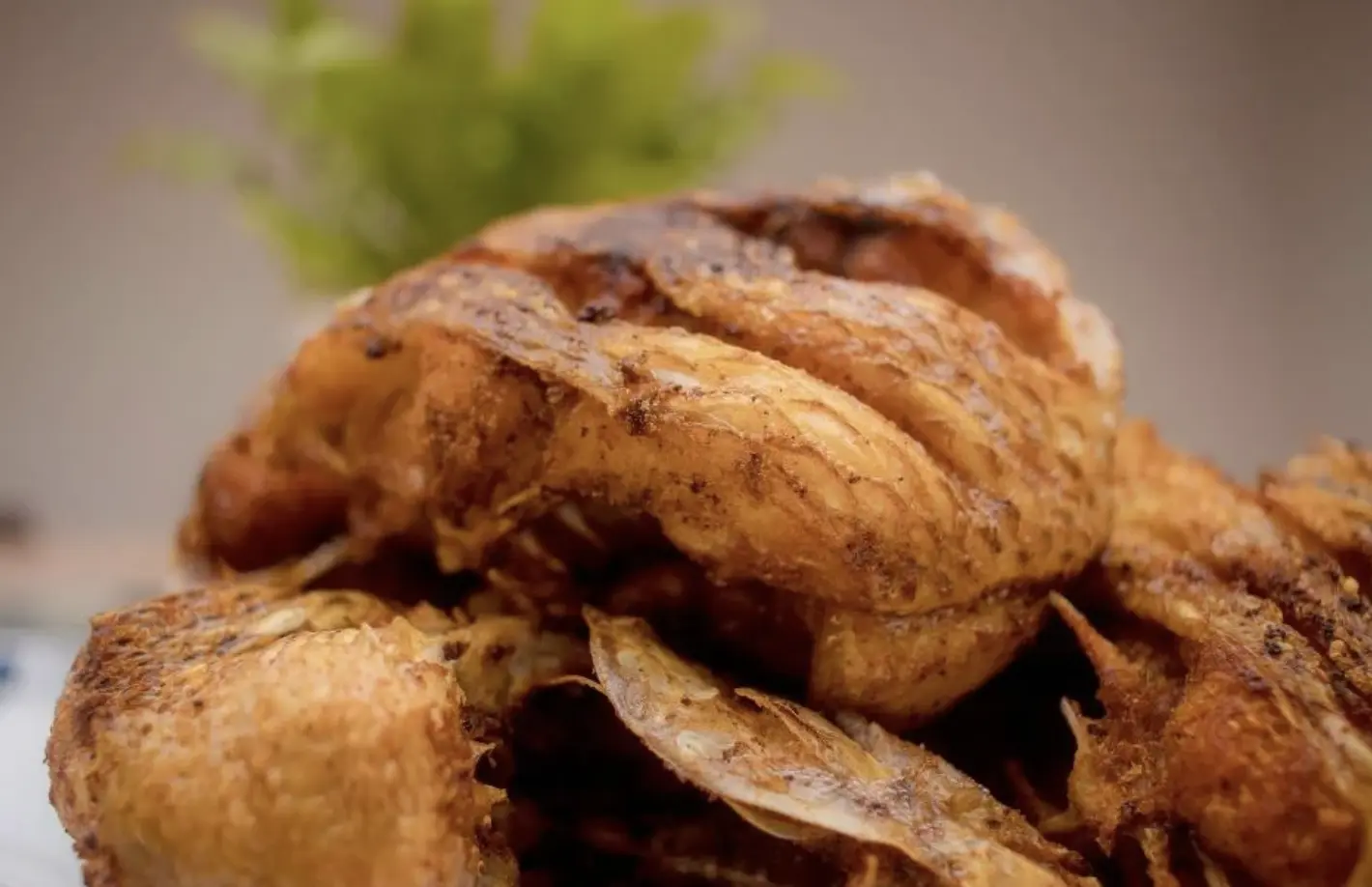The New Frontier of Crisp: Rethinking Texture in Home Kitchens

The modern home kitchen has evolved from a purely functional space into a hub of creativity and sensory exploration. While flavor remains the cornerstone of culinary art, texture, especially the elusive crisp has taken center stage in the pursuit of memorable meals. Achieving the perfect crunch is no longer just a goal for professional chefs; home cooks now seek innovative ways to bring restaurant-level crispness to their everyday dishes.
This shift reflects a deeper understanding of how texture shapes the eating experience. The sensation of crispness—whether the first shattering bite of a golden crust or the delicate crackle of a perfectly roasted vegetable—stimulates anticipation and pleasure in ways flavor alone cannot.
Texture, unlike taste, engages multiple senses at once. Our ears hear the gentle snap of a crust, our fingertips feel the resistance of a crisp surface, and our teeth register the contrast between crunchy exteriors and tender interiors.
Elevating Crispness with Modern Air Fryer Techniques
Among the most influential innovations transforming how we create crunch at home is the air fryer. This countertop appliance has revolutionized the pursuit of crisp textures, offering a healthier alternative to traditional deep frying without sacrificing that satisfying bite.
By circulating hot air rapidly around food creates a uniform, golden-brown crust while using minimal oil. The result is food that rivals the texture of fried dishes with a fraction of the fat, making it ideal for health-conscious cooks who refuse to compromise on taste or crunch.
The versatility of air fryers extends far beyond the expected French fries or chicken wings. They excel at breathing new life into vegetables, from brussels sprouts that caramelize into nutty bites to zucchini slices that turn delightfully crisp without becoming soggy.
Even delicate proteins can benefit, as demonstrated in this air fryer tilapia recipe from Dad Cooks Dinner, which proves how gentle convection can produce a flaky, moist interior beneath a beautifully crisp exterior. For home cooks eager to experiment, air fryers open a world of possibilities where texture and flavor coexist harmoniously.
This breakthrough in appliance technology is not just about convenience; it’s about reimagining how we approach cooking itself. The air fryer invites experimentation with coatings, spices, and marinades that respond differently to rapid, dry heat.
The Science of Crunch
Understanding the science behind crisp textures provides insight into why certain methods succeed. Crispness occurs when moisture inside the food transforms into steam, creating pressure that expands and dries the outer layer. The Maillard reaction, a chemical process that occurs when amino acids and sugars interact at high temperatures, is key to forming the characteristic golden-brown color and complex flavor that accompany crisp textures.
Managing moisture is critical. Too much water trapped in the food prevents the surface from drying out enough to achieve a crisp crust. That’s why techniques like patting ingredients dry, salting to draw out excess moisture, or briefly preheating an oven or air fryer make such a difference. The balance between heat, time, and airflow determines whether the final bite delivers a satisfying snap or a disappointing chew.
Reinventing Traditional Techniques
While technology like the air fryer has changed the game, traditional methods still have a place in the quest for crispness. Pan-searing, roasting, and broiling each offer unique textures that complement different ingredients. A cast-iron skillet, for instance, delivers even heat and a steady surface for achieving a crackling crust on meats and vegetables alike.
Roasting remains a reliable technique for achieving deep, caramelized flavors alongside crisp textures. High-temperature roasting allows vegetables to develop a natural sweetness while their edges turn irresistibly crisp. Broiling, with its intense top-down heat, is perfect for finishing dishes with a final burst of texture—think of a gratin crowned with golden breadcrumbs or a pizza topped with bubbling, blistered cheese.
Even baking, often associated with soft textures, can yield crisp results when approached thoughtfully. Techniques like blind-baking pastry shells or brushing dough with egg wash create a barrier that keeps fillings from softening crusts.
The Sensory Impact of Crisp
Crispness is more than a tactile sensation; it shapes how we perceive flavor and freshness. The sound of a crisp bite amplifies enjoyment, creating a multisensory experience that heightens our appreciation of the dish. Psychologists studying food perception have found that sound and texture can influence how we rate flavor intensity, proving that crunch is an integral part of taste.
Consider the appeal of a salad: the crisp snap of fresh lettuce or the crunch of toasted nuts provides contrast to tender ingredients, making every bite more exciting. Similarly, the crust of a freshly baked loaf of bread provides a counterpoint to its soft interior, turning a simple carbohydrate into a culinary delight.
Innovation and the Future of Crisp
The pursuit of crispness continues to inspire innovation. Chefs and food scientists experiment with novel ingredients and techniques to push the boundaries of texture. Dehydrators, for example, offer a low-temperature method for creating crunch without compromising nutrients, transforming fruits and vegetables into healthy, crispy snacks.
Fermentation is also finding its place in texture innovation. By altering the structure of ingredients before cooking, fermentation can create unexpected crunch or enhance the final crispness when paired with high-heat methods. Modernist cooking techniques—such as using edible films or specialty starches—further expand the possibilities, offering home cooks new ways to achieve textures once reserved for fine dining.
Even in the age of high-tech appliances, the human element remains central. The feel of dough beneath one’s hands, the sound of sizzling oil, and the sight of a perfectly browned crust connect us to the timeless joy of cooking. As tools evolve and our understanding deepens, the art of achieving crispness will continue to transform home kitchens, inviting creativity and delight in every bite.
In the end, rethinking texture is about more than chasing the perfect crunch. It’s about embracing the full sensory experience of cooking and eating, exploring how sound, touch, and taste intertwine to create moments of pleasure at the table. Crispness, in all its forms, has become a symbol of culinary craftsmanship—a frontier that challenges home cooks to experiment, innovate, and savor the profound impact of texture on every meal.











